Editor’s Note: IMG MGMT is a series of image-based essays by artists. This week’s artist is Jeremy Bailey, a Toronto-based self-proclaimed Famous New Media Artist. “Since the early noughties Bailey has ploughed a compelling, and often hilarious, road through the various developments of digital communications technologies.”(Morgan Quaintance, Rhizome) Bailey has performed and exhibited all over the world, from bathrooms in Buffalo to museums in Moscow.
Hi! I’m famous new media artist Jeremy Bailey! What makes me famous? One: everyone is famous on the internet, and two: I’ve solved some of the world’s biggest problems using technology and creativity. Really when you think about it, artists like me are a lot like inventors; we bring new ideas to life that change the world. But world-changing inventors, both good and evil, are currently at war. Big mean tech companies like Google, Apple and Samsung are being granted hundreds of patents that encroach upon the free spirit of the altruistic artist. At risk: the future of self expression. Now more than ever, the world needs us all to be inventors.
My great grandfather was actually an inventor. He invented a world changing bottle pouring device. It prevents sticky sauce from dripping down the sides of a bottle. Clean bottles, Clean hands! Nice work grandpa!
Brilliant people like my grandfather who “pour” their valuable time and money into their inventions need to protect their investment from people who might want to unfairly steal their ideas for personal gain. To do this, they typically apply for a patent. To patent something, it need only be useful and non-obvious – at which point, the inventor is granted exclusive economic rights to their invention for 20 years.
One of the first inventions available on record to follow these patent guidelines is the Puckle Gun, the world’s first machine gun, whose useful non-obvious function was to “convince the Turks of the benefits of Christian civilization.” Scary!
Patents in one form or another actually go back to Ancient Greece, where they protected culinary dishes– apparently, cooking was a big deal back then. Patent law has survived by evolving. One of the bigger changes to patent law made it possible to build on the inventions of others. This single change actually lead to the invention of steam power and its inclusion in countless other inventions which spurred the industrial revolution. Afropomorphic steam-powered man, anyone? Revolutionary!
Despite these changes, certain practical limitations have persisted. Specifically, limits to prevent people from receiving patents that are too broad; you can’t patent abstract ideas or laws of nature. A famous and often-cited example of this is Morse’s invention of the telegraph, the patent for which was rejected on the grounds that he did not invent electromagnetic force. Morse discovered electromagnetic force, as Newton discovered gravity, but neither has an economic right to something that always existed. (I know, I know, I’ve wanted to patent great hair for, like, forever too.)
This case has often been cited historically in relationship to software patents. That’s because software was previously considered too abstract to be patented. Software was traditionally protected by copyright, just like a film or a book.
That is until 1994, when Bruce Lehman, a software lobbyist, was appointed commissioner of the U.S. Patent and Trademark Office by then-President Bill Clinton. Overnight, Bruce Lehman changed the law to make almost any software eligible to be patented. Today, most patents filed in the United States are for software. Yeehaw!
Early on, some very abstract thinkers patented some very abstract software ideas which they like to use to sue others over for a lot of money. You’ve probably heard these people referred to as “Patent Trolls.” Patent trolls rarely make anything of use; they exist as soulless shell companies which sue other software makers of all sizes. They have become such a big problem that the large tech companies have started amassing enormous portfolios of patents to protect themselves via countersuits.
So what is software in 2016? Most software is now made for phones. Typically phone software requires your finger gestures for input. Unsurprisingly, these gestures are now also being patented– the first was Apple’s “pinch to zoom” gesture in 2010, but there have been many many more applications since.
Let me quickly spell out the difference between a patent and copyright to help illustrate why patenting a gesture might be a big deal. Copyright protects the expression of an idea, whereas patents protect the idea itself. Copyright is actually pretty powerful; it can even protect gestures in the form of choreography. In 2004 Ric Silver received a copyright for a dance called the Electric Slide. Though he received this copyright 30 years after the dance first appeared, he wasted no time in filing takedown notices for every video of the Electric Slide on the internet. He had rights over the expression of the specific series of steps that comprise the Electric Slide, but if there were a patent for dancing like you’re going somewhere, Michael Jackson might never have created the Moonwalk, nor MC Hammer the Running Man.
All of this is important because of where software’s going next. By looking at upcoming patent applications, we can see what has already become clear: the phone is coming to your face. Virtual reality and augmented reality will remove the screen from our software experiences and transform our entire bodies into input devices for software. When combined with an internet of things connecting every object to increasingly abstract software, our bodies and the entire world around us are now patentable. Current patents, both pending and received, for augmented and virtual reality software input are hilariously broad and forecast a future where culture itself belongs to the world’s largest tech companies.
For these reasons, I’m patenting everything I do, no matter how crazy. Is anything crazier than some of the stuff I’ve posted here? I also want you to apply for a patent for something you’ve done. You’ll need to do some writing, and of course, a drawing, too. I can’t guarantee you’ll receive your patent, but an idea can be patented only if it is not already in the public domain, so you’ll be limiting companies like Apple from receiving a patent you can get your idea online before they do. Not sure how to get started? Click here for an easy to use starter template.


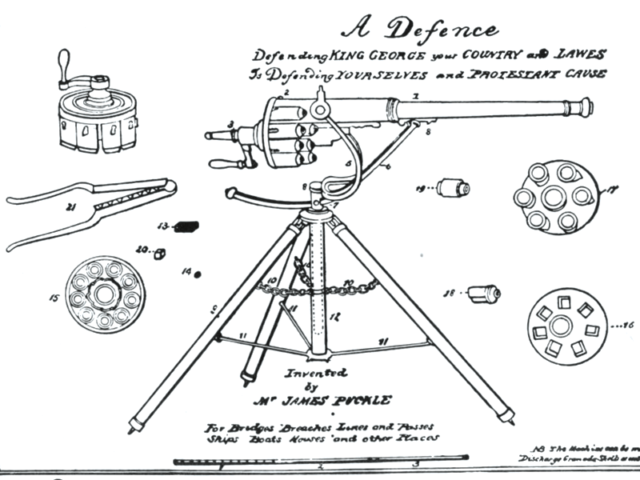
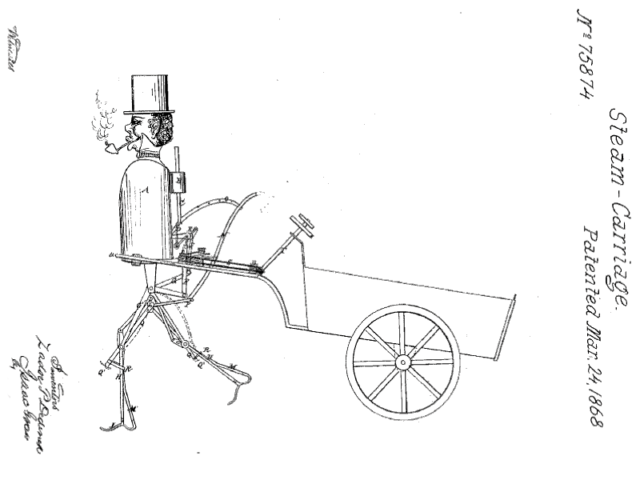




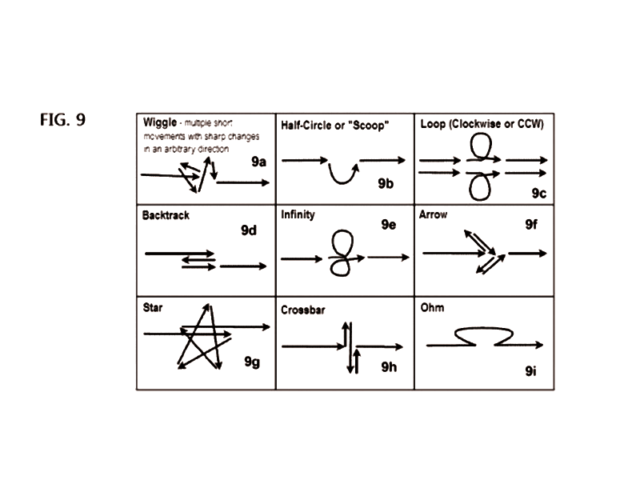
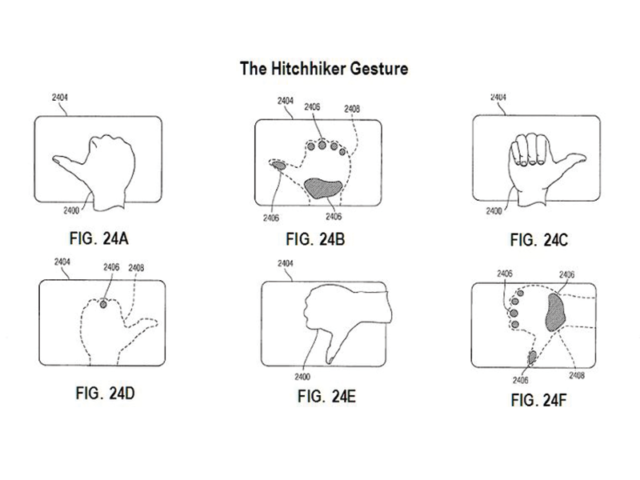
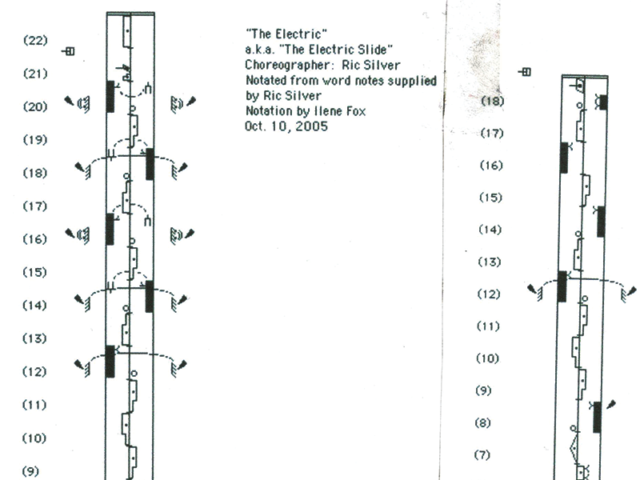
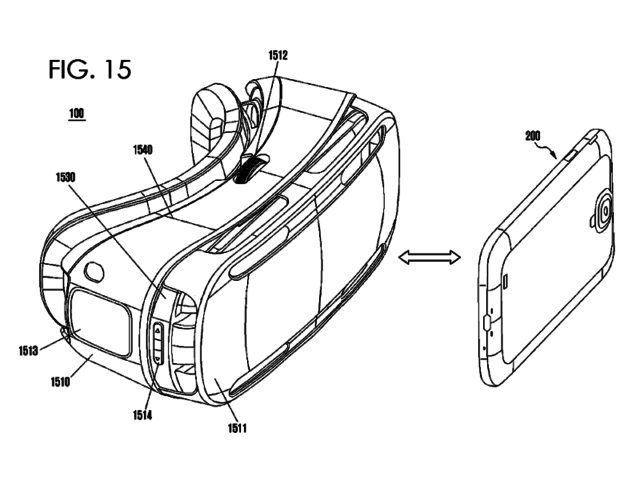
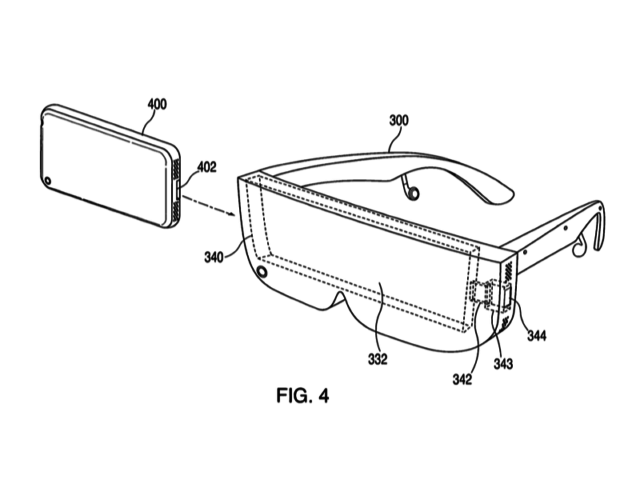
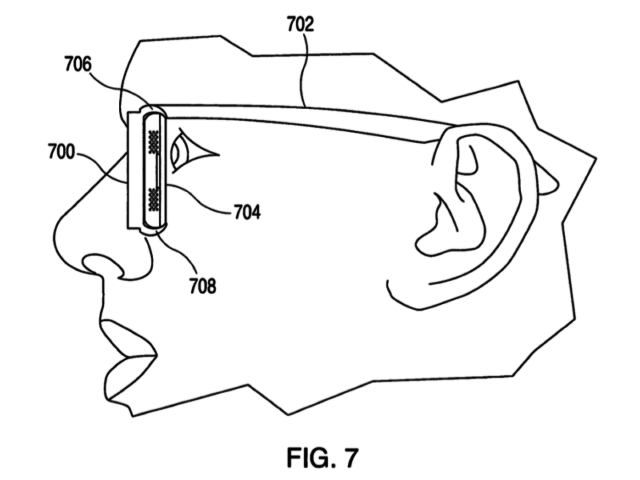

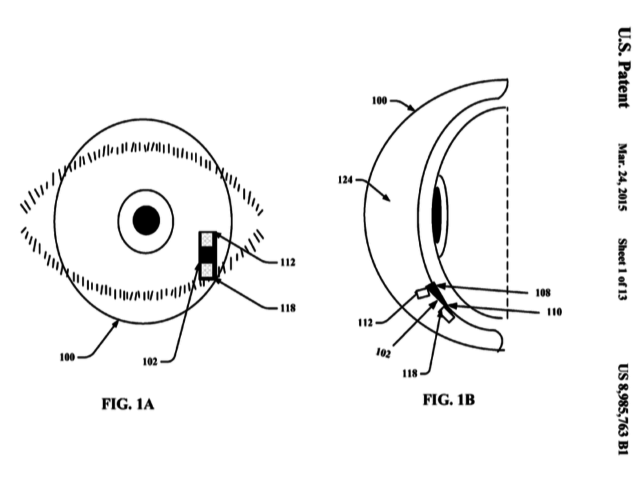

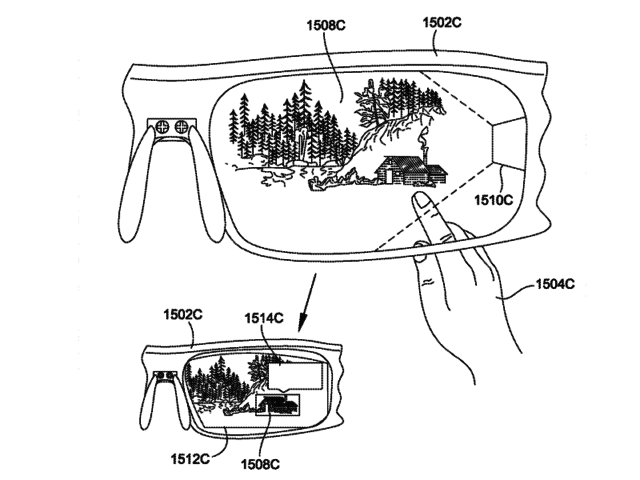

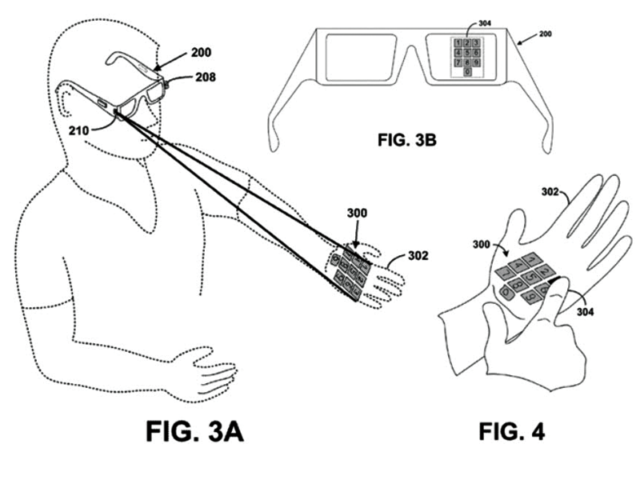
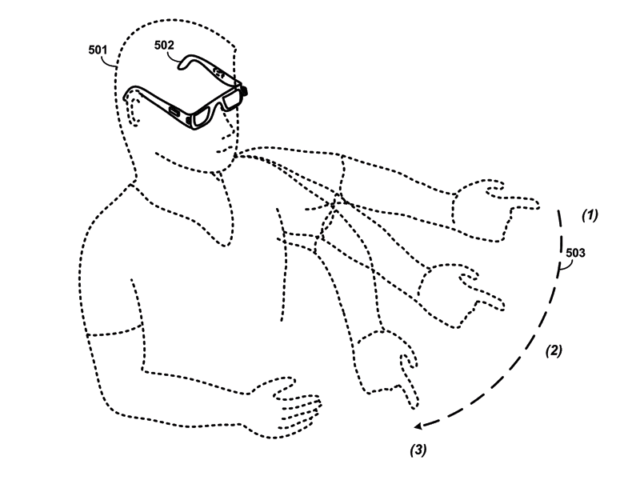

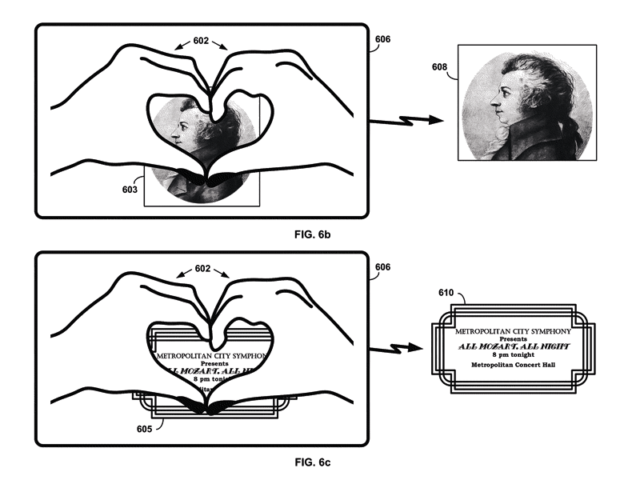


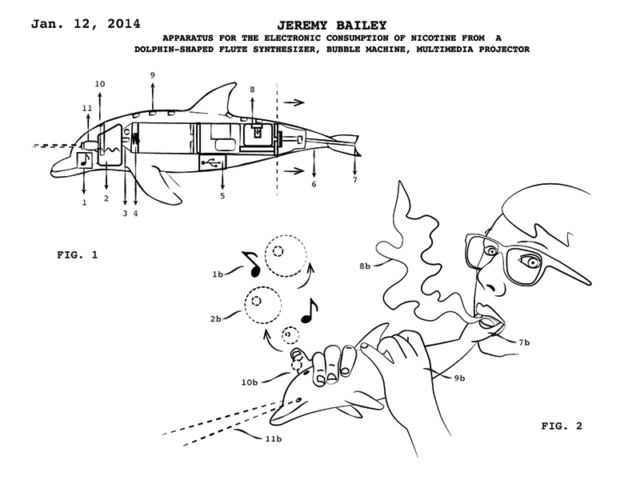
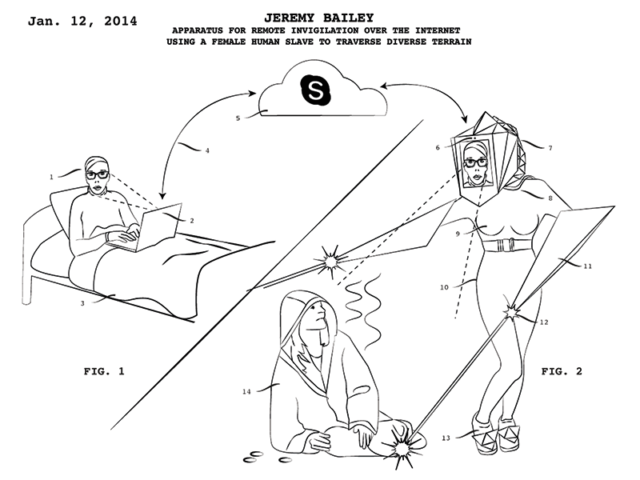
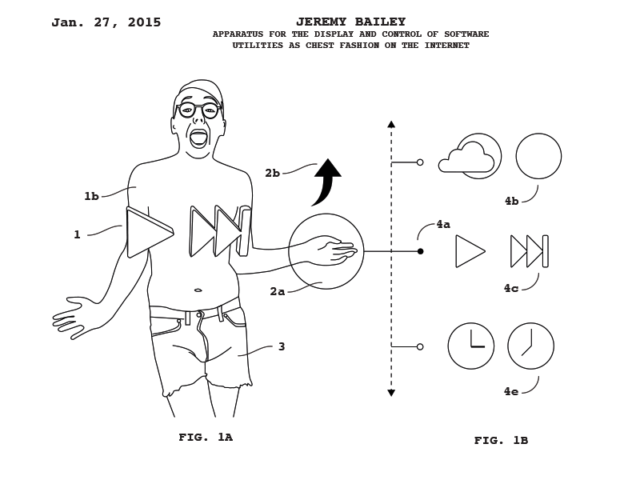
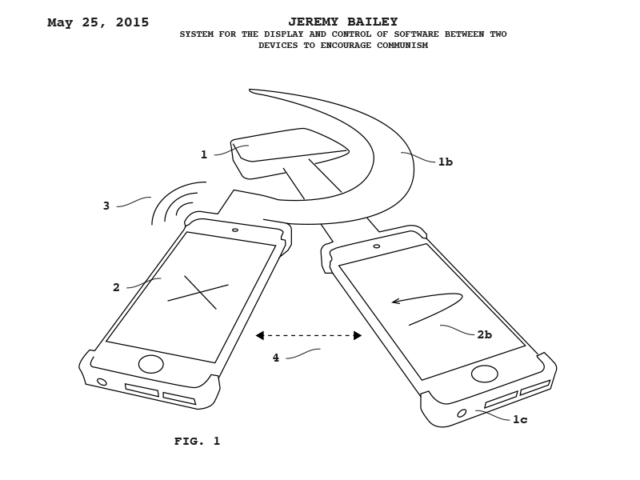

Comments on this entry are closed.